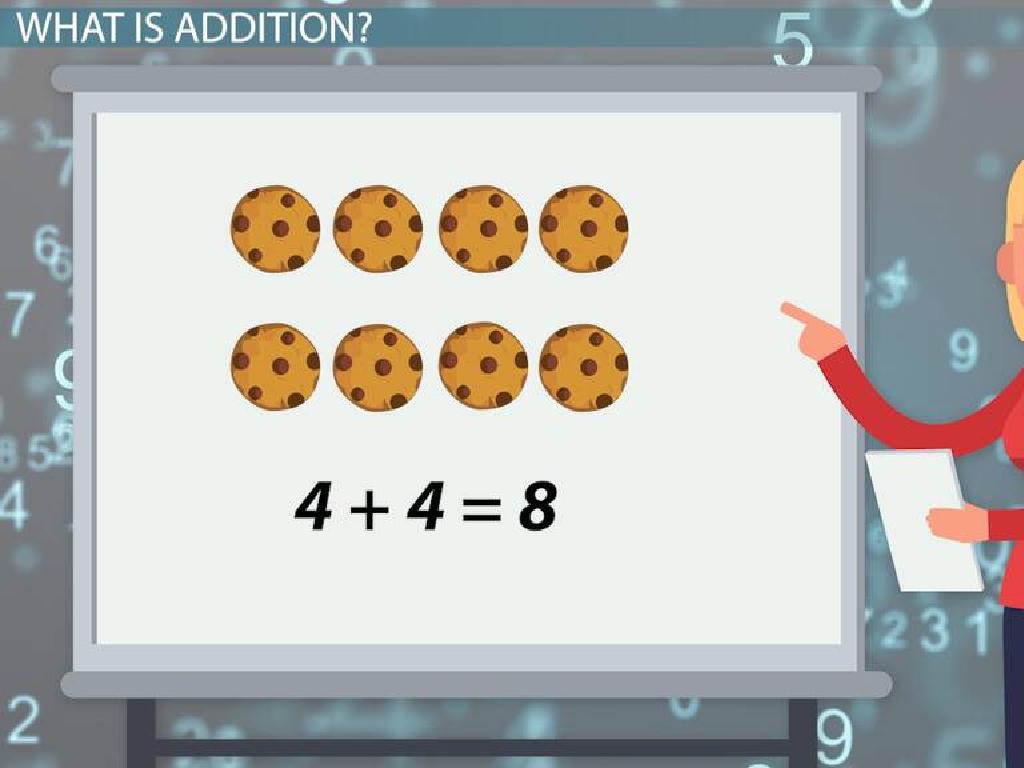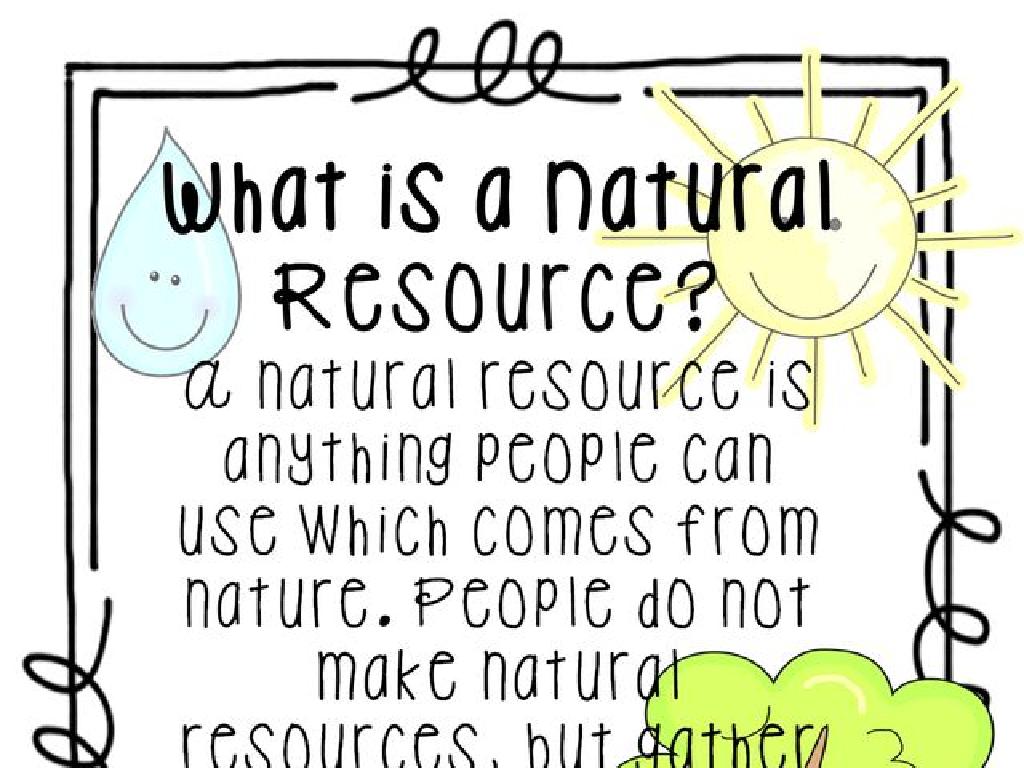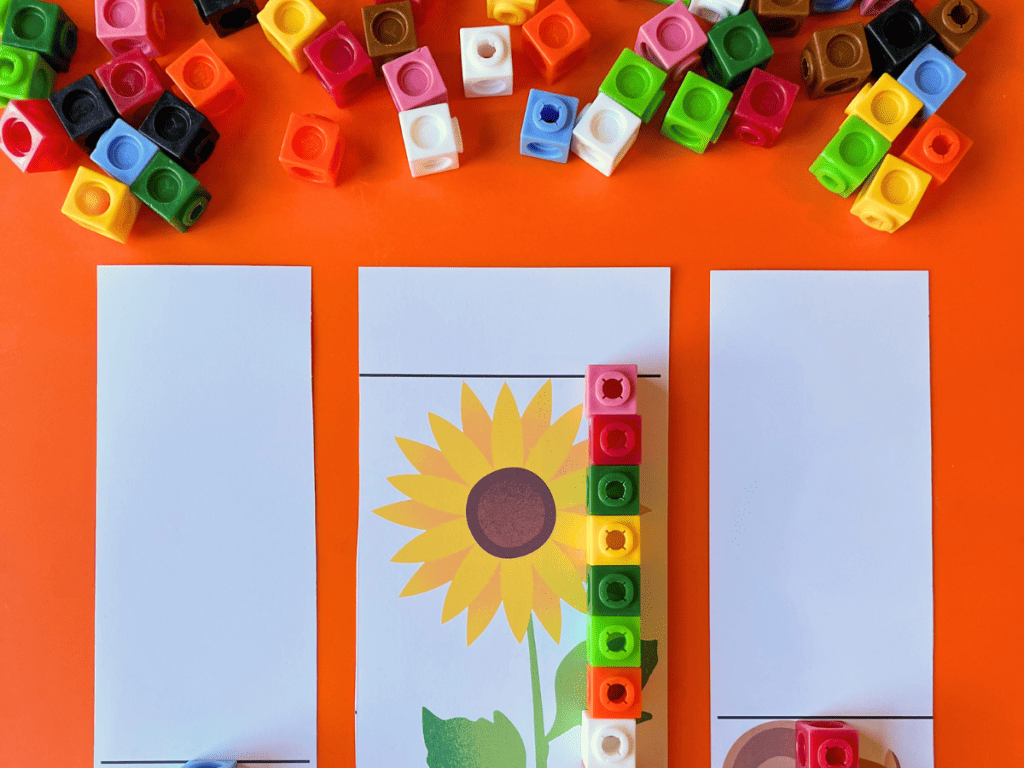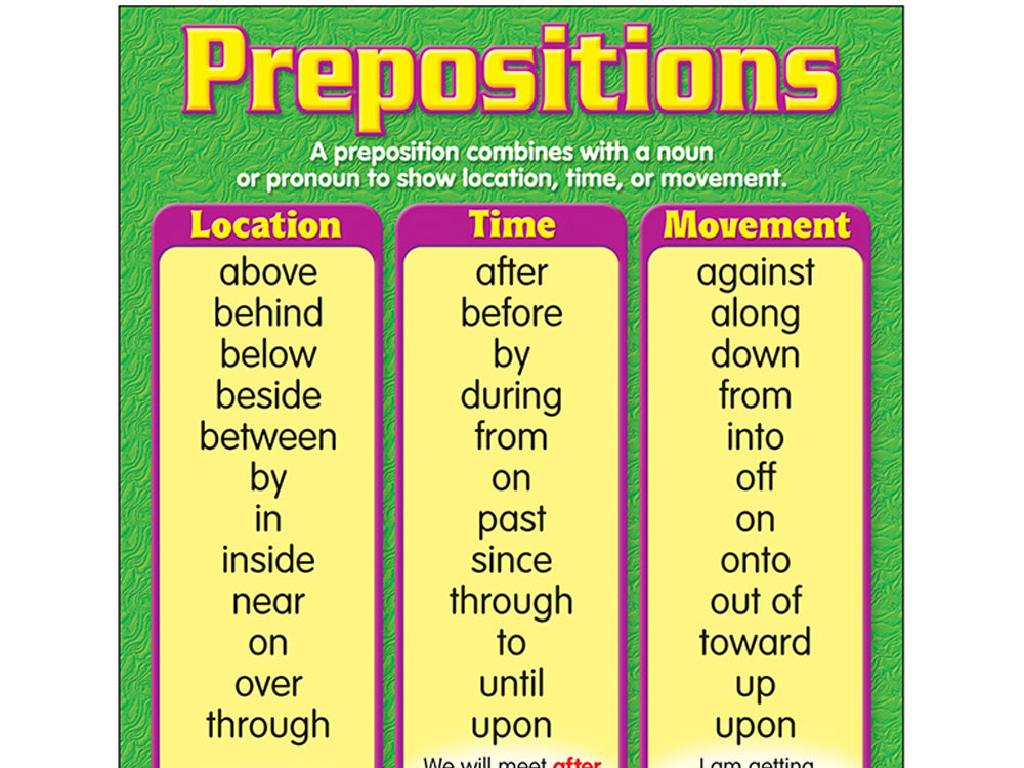Choose Numbers With A Particular Difference
Subject: Math
Grade: Fourth grade
Topic: Subtraction
Please LOG IN to download the presentation. Access is available to registered users only.
View More Content
Choosing Numbers with a Particular Difference
– Subtraction: Taking away items
– Imagine you have 5 apples and you give away 2, how many do you have left?
– Find the difference between numbers
– If you have 10 candies and your friend has 7, what’s the difference?
– Subtraction’s role in daily life
– Use subtraction when you buy something to figure out your change.
– Practice with real examples
– Let’s say you start with $10 and spend $3 on a toy. How much money is left?
|
This slide introduces the concept of subtraction as a means of determining the difference between numbers, which is a fundamental skill in mathematics. Subtraction is not just a mathematical operation; it’s a daily necessity, helping us calculate change, understand time, and manage resources. Encourage students to think of subtraction as a tool for finding out ‘how much more’ or ‘how many are left’. Provide real-life scenarios where subtraction is used, such as making purchases or sharing items, to make the concept relatable and easier to grasp. During the class, engage students with hands-on activities where they can practice choosing numbers with specific differences to solidify their understanding.
Subtraction Basics Recap
– Review subtraction facts
– Learn subtraction vocabulary
– Minuend: number we start with, Subtrahend: number we take away
– Understand ‘difference’ in math
– ‘Difference’ is the result of subtraction
– Solve a subtraction example
– 8 apples – 3 eaten = 5 apples left
|
Begin with a quick review of subtraction facts to refresh the students’ memory. Introduce the key terms: minuend (the number from which another number is subtracted), subtrahend (the number that is to be subtracted), and difference (the result of subtraction). Use a relatable example such as having a certain number of apples and eating some to illustrate how subtraction works in everyday situations. This will help students visualize the concept and understand the practical application of subtraction. Encourage students to think of similar examples from their daily lives.
Understanding Differences in Subtraction
– ‘Difference’ in subtraction
– The result of subtracting one number from another
– Visualize with a number line
– A graphic way to see the distance between numbers
– Example: 15 minus 10 equals 5
– Subtract 10 from 15, the space between them is 5 units
|
This slide is aimed at helping fourth-grade students grasp the concept of ‘difference’ in the context of subtraction. Begin by explaining that ‘difference’ refers to the amount that separates two numbers. Introduce the number line as a tool to visually represent this concept, showing how to count the spaces between numbers to find the difference. Use the example provided to demonstrate this process, highlighting that the difference between 15 and 10 is 5. Encourage students to practice with different numbers and use the number line to solidify their understanding. This foundational skill will aid them in more complex subtraction problems.
Choosing Numbers with a Particular Difference
– Finding numbers with set difference
– Activity: Number pairs with difference of 4
– Find pairs in class that subtract to 4
– Example: 10 and 6
– 10 minus 6 equals 4 shows a difference of 4
– Practice with different numbers
– Try finding pairs with differences of 2, 6, 8
|
This slide introduces the concept of finding two numbers that have a specific difference, using subtraction. Start by explaining how to determine if two numbers have a set difference by subtracting the smaller number from the larger one. The class activity involves students identifying pairs of numbers that have a difference of 4. Use the example provided (10 and 6) to illustrate this concept clearly. After the example, encourage students to practice with different numbers, finding pairs that have differences of 2, 6, 8, etc. This will help solidify their understanding of the concept through repetition and variation.
Let’s Practice Subtraction: Finding Differences
– Interactive subtraction examples
– How to find differences
– Subtract smaller number from bigger number to find the difference
– Class participation activity
– Suggest pairs with a difference of 7
– Example: 14 – 7 = ?, 21 – 14 = ?
|
This slide is designed for an interactive class activity to practice subtraction. Start by demonstrating how to find the difference between two numbers using subtraction. Explain that the difference is the result you get when you subtract the smaller number from the bigger number. Then, involve the class by asking students to suggest their own number pairs that have a difference of 7. This will help them understand the concept of difference and practice their subtraction skills. Possible activities: 1) Pair students to find unique number pairs. 2) Create a number line on the board for visual aid. 3) Have a quick-fire round where students shout out number pairs. 4) Use manipulatives like blocks to visually demonstrate the difference. 5) Encourage students to write down their findings and share with the class.
Group Activity: Number Detective
– Find pairs with a difference of 5
– Find pairs with a difference of 8
– Find pairs with a difference of 10
– Share and discuss strategies
– Think: counting up or back, using number lines
|
This group activity encourages students to work collaboratively to find number pairs that have specific differences: 5, 8, and 10. Divide the class into small groups and provide them with number cards or a number line to assist in their detective work. Once they have found their number pairs, each group will share their findings with the class. Facilitate a discussion on the different strategies used to find the pairs, such as counting up or back, using number lines, or recognizing patterns. This will help students understand that there are multiple methods to approach subtraction and finding number differences. Provide guidance and support as needed and ensure that each group participates in the discussion.
Class Activity: Create Your Own Number Line
– Draw your number line
– Mark pairs with set difference
– For example, mark 5 and 8 for a difference of 3
– Highlight differences with color
– Use a different color for each difference
– Share your number line
|
In this activity, students will apply their understanding of subtraction by creating a visual number line. Provide each student with paper and colored pencils. Instruct them to draw a horizontal line with evenly spaced marks for numbers. They should then choose a ‘difference’ number, like 3, and find and mark pairs of numbers on the line that are 3 apart (e.g., 5 and 8, 10 and 13). Encourage them to use a specific color to highlight these pairs. Repeat with different ‘differences’ and colors. This hands-on activity will help solidify the concept of subtraction as finding the difference between numbers. After completing their number lines, students can present their work to the class, explaining the differences they marked.
Homework Challenge: Number Differences
– Find 5 pairs of numbers with a 12 difference
– Create a story problem using a number pair
– Use your imagination to make it fun!
– Write down your story problem
– Include characters, setting, and the number pair
– Share your story in the next class
|
This homework task is designed to reinforce the concept of subtraction by finding pairs of numbers with a specific difference. Students are encouraged to apply their understanding of subtraction in a creative way by crafting a story problem around one of their identified number pairs. This activity not only solidifies their arithmetic skills but also enhances their problem-solving and creative writing abilities. In the next class, students will have the opportunity to present their story problems, fostering a collaborative learning environment where they can learn from each other’s approaches.
Conclusion & Reflection: Subtraction Insights
– Recap of subtraction concepts
We learned how to find the difference between numbers.
– Real-life applications of subtraction
Subtraction helps in situations like making change or comparing quantities.
– Open floor for questions
– Encourage curiosity and reflection
Always ask questions and explore how math applies to the world!
|
As we wrap up today’s lesson, let’s reflect on the key concepts of subtraction we’ve covered. We’ve seen how subtraction helps us find the difference between numbers and how this skill is useful in everyday situations, such as calculating change or determining how much more one quantity is compared to another. Encourage students to think about other scenarios where subtraction is applicable. Open the floor for any lingering questions to clarify doubts and foster a deeper understanding. Lastly, inspire students to remain curious about how math intertwines with their daily lives and to continue exploring its applications beyond the classroom.





